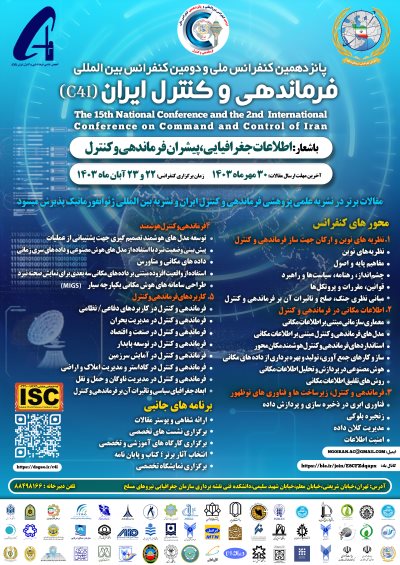0% Complete

نویسندگان :
کلمات کلیدی :
چکیده :
لیست مقالات بایگانی شده
علی محمدپور - محمدرضا اقبال
مسعود رفیقی - فرهاد زائری
ابوالفضل بالی لاشک - علیرضا شفیعی - سلاله بایی لاشکی
مریم ویسی - اکرم افتخاری
ابوالفضل بالی - امین هیات
علی احمدآبادی - عبدالرضا هاشمی - فاطمه عمادالدین
زینب بهرامی فعال - مژگان حمیدی
علیرضا شکیبامنش - مسعود عباسپور


